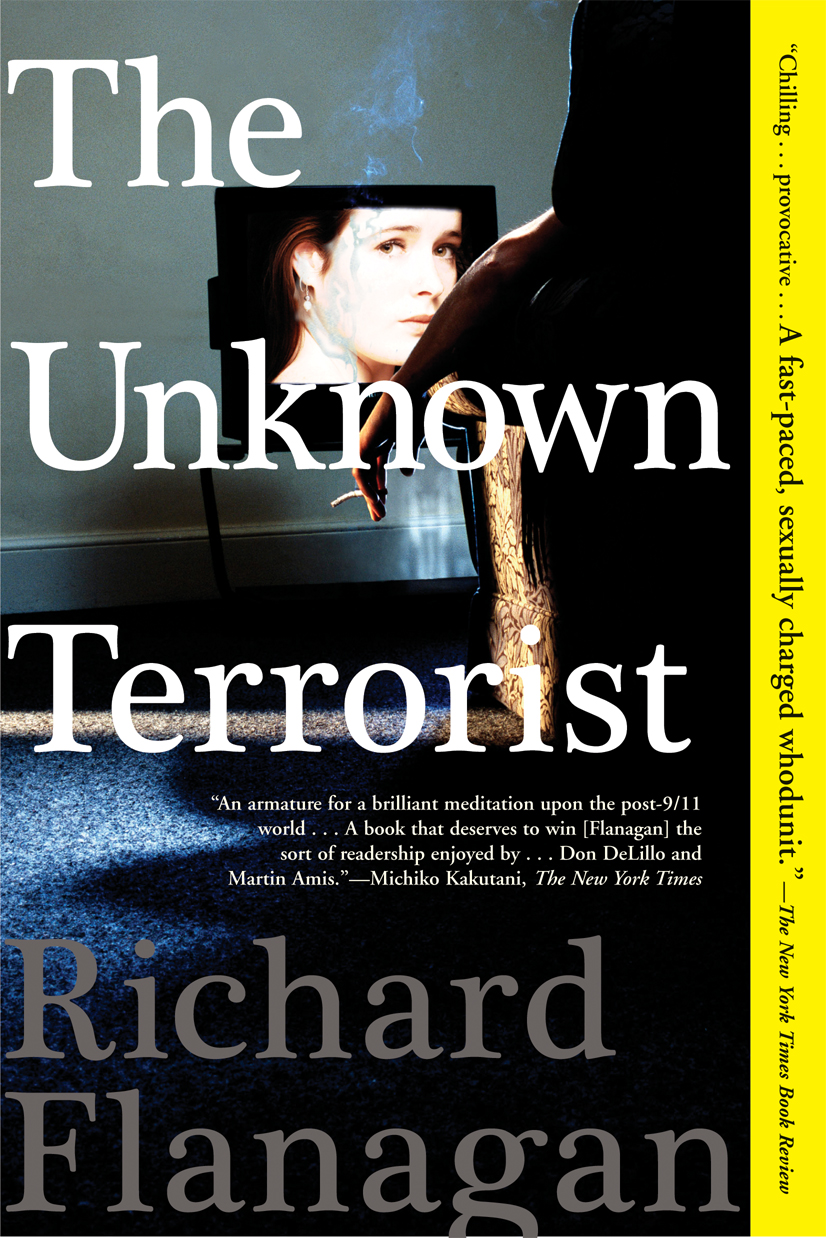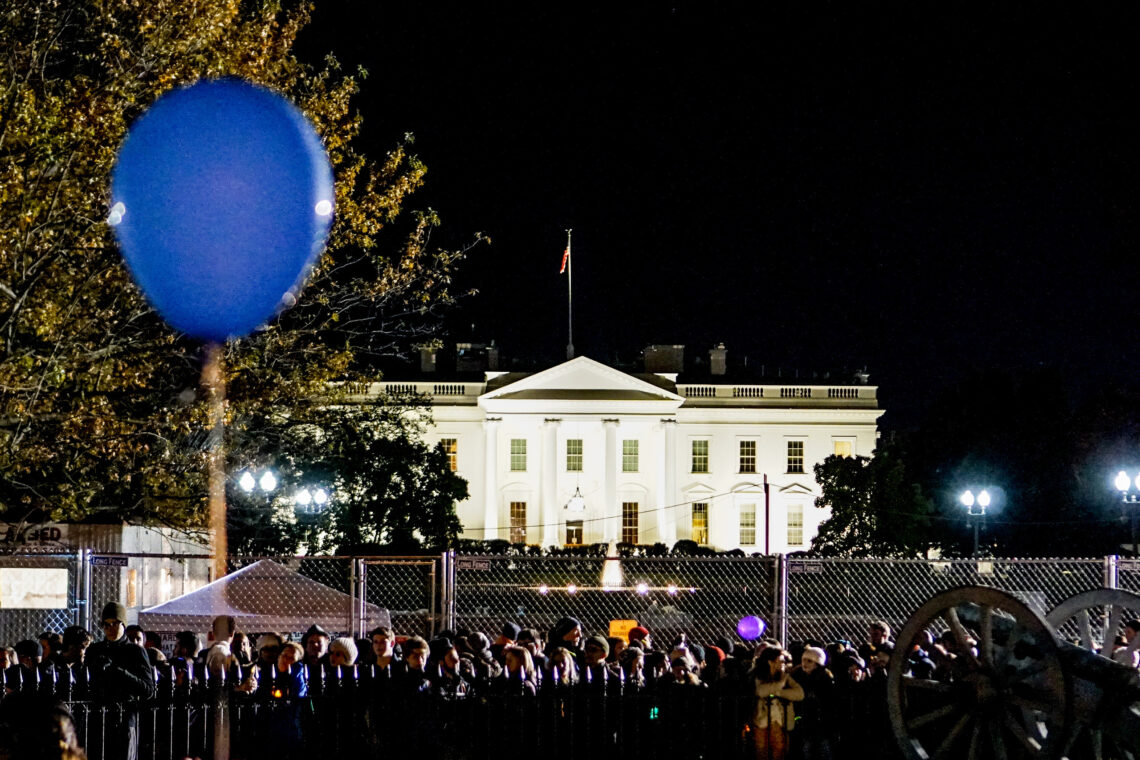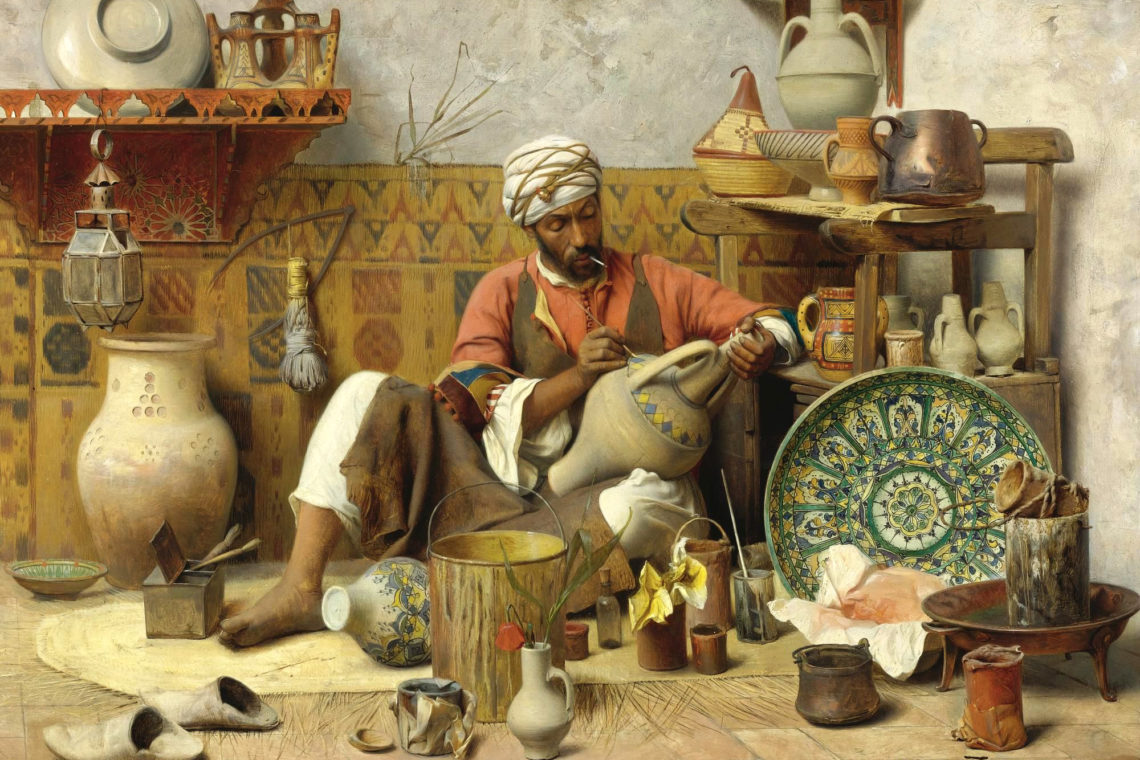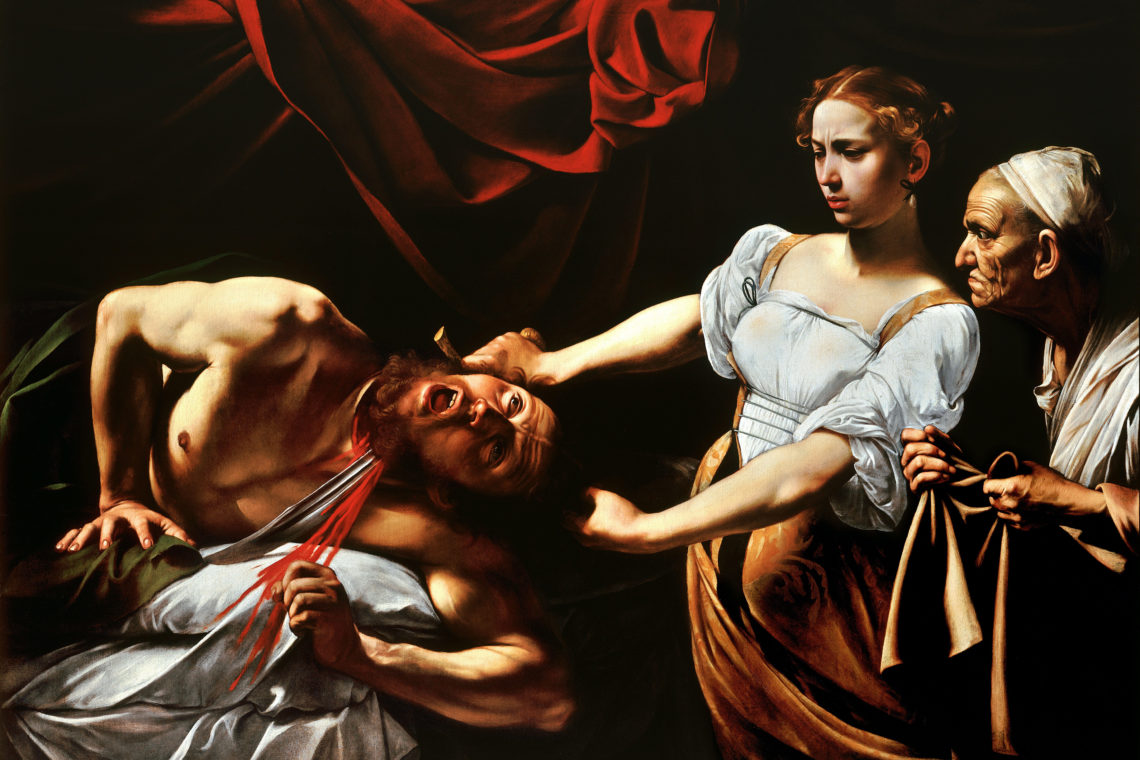The Australian novelist Richard Flanagan dedicates his important and timely new novel, The Unknown Terrorist (Grove, 2007), to his compatriot David Hicks, who was captured as an unlawful combatant in Afghanistan shortly after the 9-11 attacks, then later spent five years in Guantanamo Bay prison camp as a suspected terrorist. After reading the book, it is easy to understand why Flanagan would dedicate his book to Hicks.

Flanagan’s fast-paced book, set in Sydney, Australia, is filled with voices incessantly broadcast on TVs, cameras and radios on nearly every corner, whose job is to keep the public on high alert in a post 9-11 world. His book reminds me of George Orwell’s novel Nineteen Eighty-Four. The Unknown Terrorist, like Orwell’s book, shows how the government and media join hands to wage a propaganda campaign by bombarding its citizens with fear and paranoia, making it difficult to tell who the “bad guy” really is.
Flanagan’s book explores terrorism and media manipulation within modern-day Australia’s mainstream culture of racism, hypocrisy, misogyny and materialism. Many of the book’s characters are connected through pure self-interest. As members of the terrorism industry, they have ulterior motives in implicating Gina Davies–known as “The Doll”–a pole dancer at the Chairman’s Lounge, after having a one-night stand with Tariq al-Hakim–named “Salsa bin Laden,” for his meringue dancing skills–a Syrian computer programmer and drug mole. After three bombs are found in a Sydney stadium, both are marked as terrorists.
Gina and Tariq are easy scapegoats. After all, Gina is just a promiscuous, drug-addicted pole dancer, and Tariq is a man from the Middle East. Gina, however, is not without fault. She is a pill-consuming addict whose life has been scarred by tragedies, including being molested by her father and giving birth to a stillborn son. She is materialistic, unkind to beggars at times, and even a racist who hates the “Lebs” and yells at a woman in a burqah. But then she sleeps with Tariq. Once she realizes she is a suspect, she knows how dangerous turning herself to the police and the government may be, she decides to run away instead.
Tariq al-Hakim may be a drug smuggler, but he is also a hero, having saved Gina’s best friend’s son from drowning early in the book. When alone in his apartment with Gina, he tells her about raster graphics, which is the ability to manipulate computer pixels one dot at a time so an object can drastically change from one image to another. Tariq tells her that this is what governments and corporations could do with real people if they could—exactly what comes to happen to them in the course of the book.
Although it is sometimes difficult to keep track of everyone in the novel, each character is vitally important to the story. Newscaster Richard Cody is Gina’s antagonist. He is a popular media figure whose career is in the dumps. He is also a frequent visitor of Gina’s at the Chairman’s Lounge. But when she rebuffs Cody’s sexual advances, he becomes her nemesis and concocts a news series called “The Unknown Terrorist,” linking her to the bomb scare.
It doesn’t matter if “The Unknown Terrorist” series has any journalistic merit; it only matters that it sells and Cody can get his revenge. With the help of psychologist Ray Ettslinger and Australian Security Intelligence Organisation (ASIO) member Siv Harmsen, Cody is able to manipulate his audience into believing that there are terrorists on the loose in Sydney.
Ray Ettslinger’s career, like Cody’s, has taken a nosedive. Because he is vying for the chair in Terrorist Studies at the Australian Defense Force Academy, and although he has no background in Islam or terrorism, he assures Cody that Gina fits the psychological profile of an Islamic terrorist. He also tells Cody (off-camera) that “The Unknown Terrorist” story is like a game of sudoku–“you just have to make the numbers fit.”
ASIO officer Siv Harmsen is also instrumental in selling Cody’s story. Having seen the aftermath of the Sari Club bombing in Bali, he tells the newscaster that it’s his responsibility to keep people frightened, since “the terrorists want to turn all our cities into Baghdad.” He adds: “Unless people are terrified, they won’t agree with what we do and why we have to do it.” This comment is hauntingly similar to Orwell’s famous quote in Nineteen Eighty-Four, “The war is not meant to be won. It is meant to be continuous.”
Frank Moretti, another one of Gina’s customers, plays an important part of Flanagan’s story. Moretti remakes himself after a car accident, taking on a “wog” name. How he makes his fortune is uncertain, but he spends much of it on art and travel. In addition to his love for painter Joan Miro, he has a secret penchant for macabre souvenirs, among them a machete used in the Rwandan civil war, a pair of shoes from the Armenian genocide, and an unused rifle once owned by a Dutch NATO soldier that was supposed to be used to protect civilians from Srebrenica during the Bosnian civil war. This rifle will play an important part at the end of the story.
While Gina runs away, she sees her image broadcast throughout the country, “but the next channel was the same, and the channel after, and after that, everywhere. . . . all the Doll could see were more bombs armed police Tariq’s apartment block bearded man Tariq the Doll children’s bodies man woman black machine gun the Doll naked New York Bali Madrid Beslan London Baghdad Sydney the Doll dancing uniforms suits missiles robes blood dead children’s bodies herself disintegrating, smiling a smile that was never hers.” This video montage is reminiscent of the TV screens in Nineteen Eighty-Four, which broadcast images on Big Brother one minute, and follow them with images of war against “Eurasia,” public executions and other forms of violence the next.
Terrorism is a scourge and a serious concern in our world today, but so is the psychological effects of the media on the general public. During these Orwellian times, it is equally frightening to see how quickly mass hysteria can spread and how many innocent lives can be ruined in pursuit of stamping out terrorism. As the terrorism industry develops to exploit people’s fears about their safety, Flanagan’s novel shows that it is not “unknown terrorists” like Gina Davies that we should be afraid of, but others like Harmsen, Effinger, Moretti and Cody who hide their true motives behind their public service professions. The Unknown Terrorist may be a work of fiction, but Flanagan’s tale is, unfortunately, all too easy to believe.




Comments are moderated by the editor and may not appear on this discussion until they have been reviewed and deemed appropriate for posting. All information collected is handled in a manner consistent with our privacy policy.